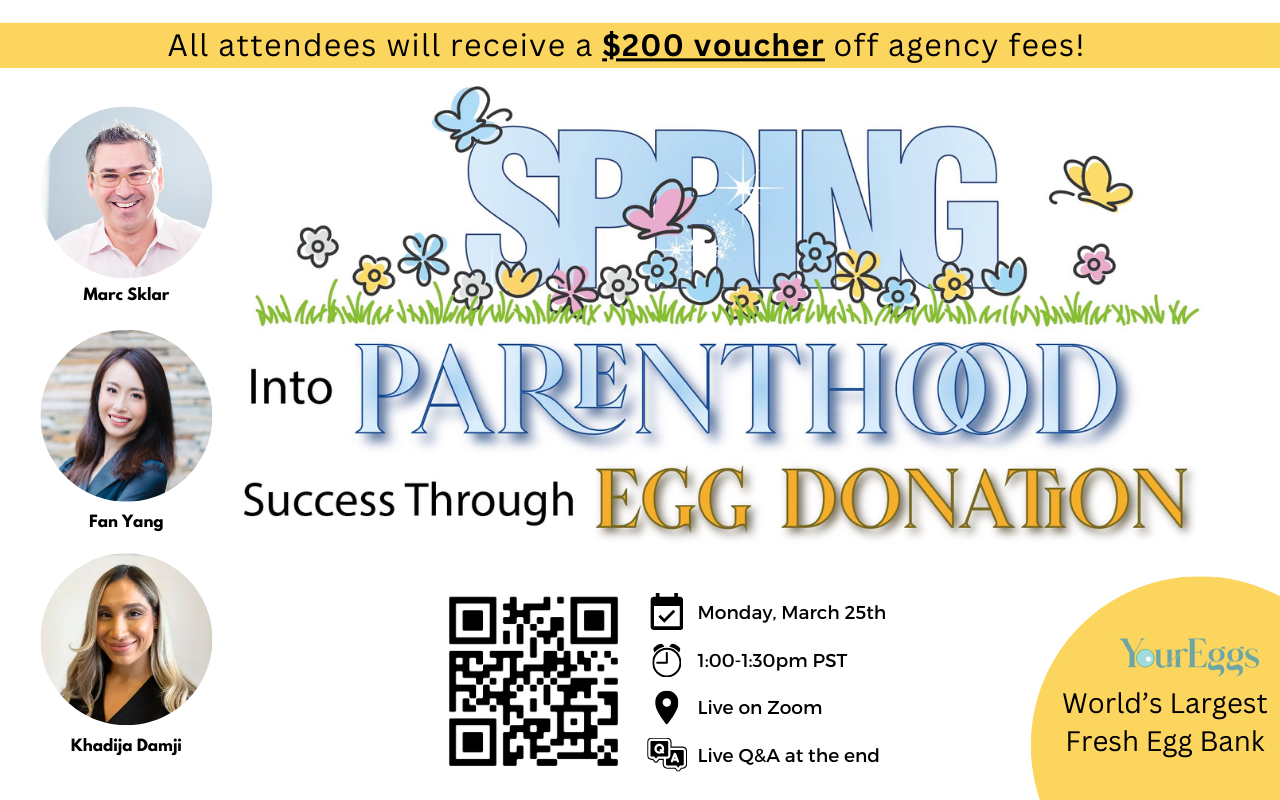Do Birth Mothers Using Donor Eggs Influence Their Baby’s Development?
The short answer is yes. The prenatal environment, shaped by the intended mother’s body, plays a vital role in the development and future health of the baby. While the DNA blueprint comes from the donor egg and the father’s sperm, epigenetics—the study of how genes are expressed—shows us that the mother’s uterine environment is crucial in influencing factors such as brain development, metabolism, and immune health.
The Importance of the Prenatal Window
Among the critical periods in a child’s development, the time spent in the uterus—referred to as the prenatal window—is the most significant. During this period, the mother’s body communicates with the developing fetus, influencing gene expression in response to the environment. This isn’t just about providing oxygen and nutrients; it’s about preparing the baby for the world they will enter.
Historically, the uterus was seen as just a vessel where the baby grew, but modern research shows that it plays a much more active role. The prenatal environment can shape everything from a child’s brain development to their future metabolic and immune health. A healthy uterine environment sends positive signals to the developing fetus, while an unfavorable one can have long-lasting impacts.
How Your Uterine Environment Affects Gene Expression
Even though the baby’s DNA originates from the egg donor and the sperm provider, the uterine environment—the environment inside the womb—plays a crucial role in how these genes are expressed. This process, known as epigenetic modulation, involves turning genes on or off based on signals from the mother’s body.
One of the most studied epigenetic processes is DNA methylation, where a molecule called a methyl group attaches to the DNA, effectively silencing certain genes. This process can influence various aspects of the baby’s development, from metabolism to cognitive abilities. For example, the Dutch Hunger Winter studies showed that the children born during this time had different methylation profiles, affecting their long-term health.
Optimizing Your Prenatal Environment
While we’re still learning about the full extent of epigenetic influences, certain practices can help optimize the prenatal environment for a healthy pregnancy:
- Healthy Diet: Focus on a balanced diet rich in essential nutrients like folic acid, iron, and omega-3 fatty acids. These support fetal development and contribute to a healthy uterine environment.
- Regular Exercise: Gentle exercise, approved by your healthcare provider, can help maintain a healthy weight and reduce stress.
- Mental Health: Practice stress-reducing activities such as mindfulness, meditation, or prenatal yoga. Managing stress is crucial for both your well-being and your baby’s development.
- Avoid Toxins: Limit exposure to environmental toxins, such as those found in certain foods, plastics, and cleaning products, to reduce potential risks to your baby’s development.
- Prenatal Vitamins: Taking prenatal vitamins ensures that both you and your baby receive the necessary nutrients during pregnancy.
Will the Baby Look Like the Egg Donor?
Physical characteristics are determined by the DNA provided by the egg and sperm. Because the DNA recombines during fertilization, the baby may inherit traits from either the egg donor, the father, or both. This means that while the baby may not resemble the intended mother genetically, they could resemble the egg donor or the father.
However, what the intended mother contributes through the uterine environment and epigenetic modulation is equally vital. The way the baby develops, their health outcomes, and even aspects of their personality can be influenced by the conditions within the mother’s womb.
Conclusion: The Power of the Prenatal Environment
While the baby’s genetic material may come from the egg donor and the father, the intended mother’s role in shaping the baby’s development through epigenetics is profound. The uterine environment is not just a vessel for growth; it is an active participant in the development of the baby’s brain, metabolism, and overall health.
By maintaining a healthy lifestyle, managing stress, and optimizing the prenatal environment, intended mothers using donor eggs can give their babies the best possible start in life, ensuring a future filled with health and potential. Remember, motherhood begins in the womb, and the care you provide during this time will have lasting effects on your child’s life.



